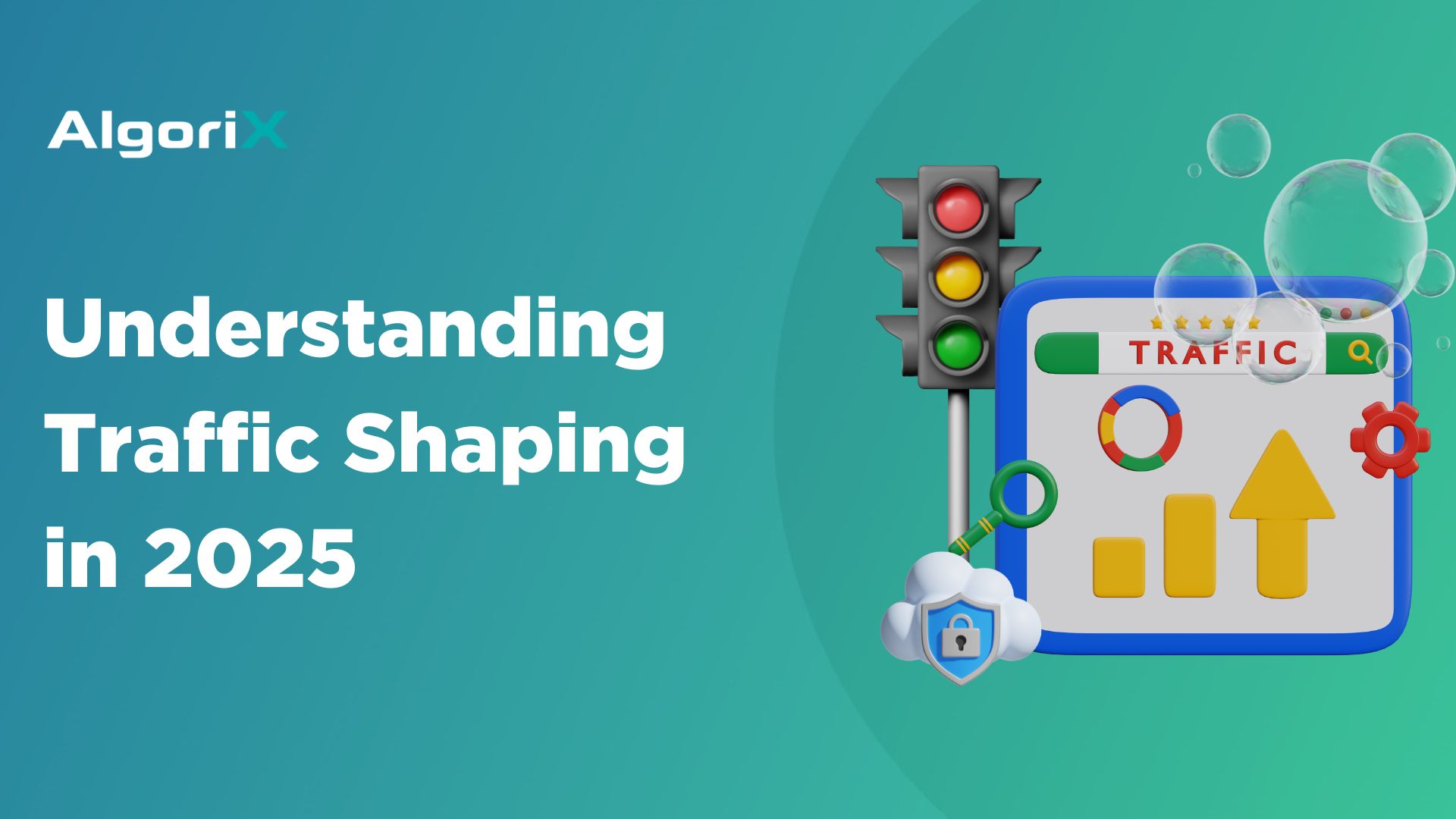The current landscape of mobile video viewing continues to follow an upward pattern, with more people spending as much as 40 minutes consuming video content using their mobile phones on a daily basis. Despite how some of the online streaming providers such as Amazon Prime, Disney+, and Netflix offer their services via subscriptions, there are still a number of video content providers that support ads that most advertisers can leverage for their campaigns. In this post, we’ll give a brief introduction of VPAID and VAST, their key differences, and what the future holds for video advertising.
VPAID vs. VAST
If you are planning to launch in-app video ads, you can choose from two standards – VPAID and VAST. But, what are they and how do they differ from each other?
VPAID or Video Player Ad Interface Definition contains a collection of application programming interfaces (APIs) that bridge the connection between an advertisement and a video player. VPAID, in a way, dictates how a player would communicate with an ad. It allows for interactive in-stream advertising. One example would be to enable a consumer to view a product and scrutinize it by exploring its different features. However, this code caters mostly to consumers using their desktop for their viewing consumption. With the shift towards mobile use, some issues came to light with the use of this format.
VAST, on the other hand, stands for Video Ad Serving Template. This format was designed by the Interactive Advertising Bureau (IAB) to permit video players to connect with third-party ad servers. The script allows players relevant information about which ad they can watch, how the ad would show, its total video length, and if users have the option to skip it. This innovation allows the ad servers and video players to be on the same page. This way, it would be easier for publishers to understand the consumers and create standards, which allows for scaling. And when publishers can scale, it means they can sell more volume. However, VAST didn’t receive a good following when it was initially offered. Why? The code in place did not allow for measuring viewability.
But what changed? An upgrade to VAST 4.1.
The Future of VAST
Most ad exchanges are now starting to move away from VPAID and focus their resources on VAST due to the addition of one essential functionality – measuring viewability. VAST 4.1 now allows advertisers to measure the viewability of their ads via the Open Measurement (OM) software development kit (SDK). The IAB recognized the need for developing solutions wherein it would be easier for publishers to provide measurement data to their advertisers and providers. As such, the organization collaborated with several industry leaders like Integral Ad Science, Google, Microsoft, Nielsen, Pandora, Moat, and Double Verify so that there would be no need for publishers to install several SDKs to measure ad viewability. They simply have to use one SDK for all.
So, should you use VPAID or VAST? Our take is that mobile ad exchanges should now embrace VAST and support this standard more than VPAID. Aside from streamlining the viewability of the ads, there is a limitation of fraudulent activities. The transparency of the feature allows easy verification of traffic that provides for a better understanding of the consumer base and ad effectivity.
Additionally, the IAB is currently working on Secure Interactive Media Interface Definition (SIMID) that would effectively replace VPAID. This project aims to produce highly focused standards that zero in on supporting interactive ads in a secure environment. This way, publishers can have better control of their streams in various platforms such as mobile, server-side ad insertion (SSAI), and over-the-top (OTT) devices that would work well with live streaming.
Curious how you can use VAST for your ad campaigns? Find out how AlgoriX can help.













